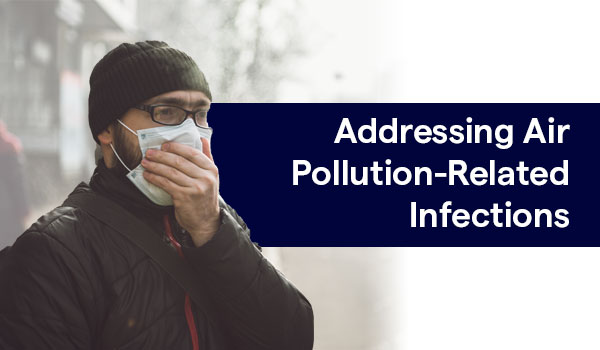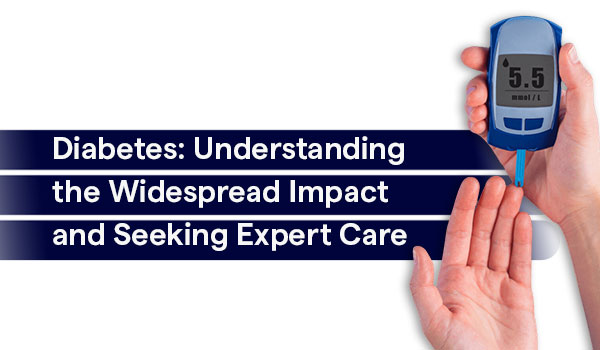According to the World Health Organization (WHO), air pollution is the largest environmental risk factor for human disease. According to WHO in 2012, around 1 in 8 deaths worldwide were due to exposure to air pollution. A recent analysis also confirms that 92 percent of the world’s population lives in places where air quality levels exceed WHO limits.
Air pollution is a public health issue of global importance. The non-microbial conditions linked with pollution are an increased risk of cardiovascular disease due to inflammation and damage to the heart and blood vessels, a risk of lung diseases like cancer, COPD, asthma, and bronchitis, due to exposure of smoke, and carcinogenic airborne particles. In addition, climate change resulting from environmental pollution can also affect the geographical distribution of many infectious diseases. Studies have shown direct associations between the hospital admissions for cardio-respiratory disorders and increased air pollutant levels.
Epidemiological investigations on the health effects of air pollution have found that children and the elderly are the two age groups that are most affected, which would be probably due to their relatively weak immune system.
Correlations between infection by different viruses and air pollutants have been reported in various studies and few are highlighted below:
- The pollutants induce reactive oxygen species (ROS) and increase pro-inflammatory cytokines such as IL-1β, IL-6, and IL-8, triggering the inflammatory response that alters cell and tissue homeostasis and facilitates susceptibility to infections.
- Increase in pollutants such as benzene is positively correlated with the detection of rhinovirus in the nasal passages, suggesting that air quality affects the viral infectivity.
- A positive correlation between the RSV incidence and the levels of air pollutants such as benzene, NO, SO2, Particulate matter10 (PM10), and PM2.5 has been demonstrated by in vitro studies by researchers.
- Environmental PM is a mixture of Ozone & suspended particles, which, according to their aerodynamic diameter, can enter several anatomical sites in the airways and trigger deleterious effects by modulating the innate immune system of the respiratory tract causing inflammation and upregulation of receptors and molecules involved in the invasion of pathogens.
- Oxidative stress induced by ozone alters cellular membranes and increases the susceptibility to proteases secreted by the respiratory nasal epithelium, thus activating the influenza A virus, and favoring its infectivity
Air pollution have transformed our surroundings into a "gas chamber"! Amidst this the Institute of Clinical Microbiology and Immunology at Sir Ganga Ram Hospital plays a pivotal role in diagnosis and thereby makes possible a targeted treatment.
- We ensure diagnostic stewardship which is as articulated by WHO & Global Antimicrobial Resistance Surveillance System (GLASS) as a “coordinated guidance and interventions to improve appropriate use of medical microbiological diagnostics to guide therapeutic decisions.
- The state of the art Clinical Microbiology laboratory services, SGRH functions 24X7 to deliver reports within hours of sample receipt & ensures prompt and optimum therapy, the delay of which can have serious consequences. Unnecessary exposure to antibiotics which if not needed are harmful.
- Injudicious use of antibiotics for predominantly viral respiratory infections can be prevented with the use of cutting edge technology available at our center, thus raising awareness to antimicrobial resistance (AMR)
- Additionally, they emphasize the importance of preventive measures, such as using N95 masks and minimizing exposure to polluted air and raise awareness for Respiratory Health.
The Institute of Clinical Microbiology and Immunology at Sir Ganga Ram Hospital stands committed for the cause of accurate diagnosis of infection.





